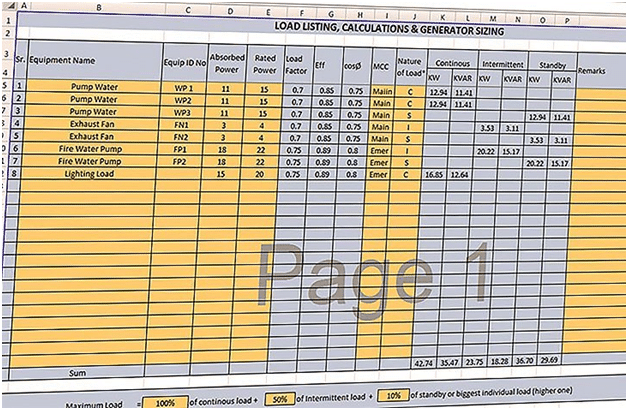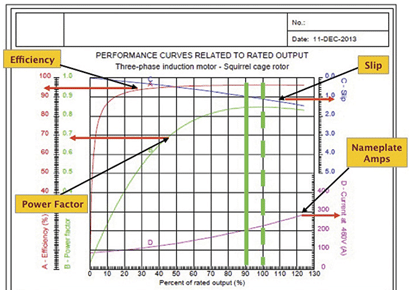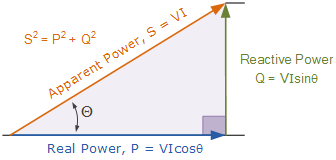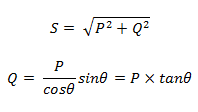
image: electrical-engineering-portal.com
Among the list of Electrical Design documents, Electrical load list is primarily the most important document. The load list, also known as the load schedule, is defined as a document that calculates an approximation of active, reactive and apparent power of instantaneous electrical loads that are being used in a project [1].
The equipment used to form a load list can include different types of pumps and motors, mixers, Distribution Boards (DBs), Uninterrupted Power Supplies (UPS) and compressors. Although a load list is quite a simple task, but if you are preparing it for the first time then it will take you more than one try to get it right.
So, today we will discuss the dos and don’ts of preparing a load list that could work as a checklist for you:
Dos
Gather Correct Data
It might sound silly, but it is very important to cross check the data you obtain for each and every equipment. First, you note down the various equipment and write them according to their types (motors, pumps). Then, you note the tag number, sheet reference, voltage, phase, frequency, absorbed load and rated load. This step is very important for the calculations.
Use A Performance Curve
In order to calculate the efficiency and power factor, use a load performance curve by locating the calculated percentage output on the x-axis. As seen in the figure below, the corresponding curves on the y-axis intersecting with the percentage output gives us the required answer. This is an example of a motor performance curve for a squirrel cage rotor.

image: pumpsandsystems.com
Calculate Consumed Load
Once you have gathered all the information, you move on to the next part: calculations. A power triangle is shown in the figure below that is used to calculate the real, reactive and apparent power.

image: electronics-tutorials.ws
The apparent and reactive power can alternatively be derived as:
Don’ts
Overlook Spare Equipment
There are three types of load duty: continuous, intermittent and standby. There might be more than one equipment present on the sheet because one will be continuous and the other standby (otherwise known as spare). You should not ignore the spare and write it in a separate row identifying the type under load duty.
Find Power Factor and Efficiency For Unspecified Loads
There may be times where you will not have enough information to find the power factor and efficiency. So, if the performance curve is not given then the power factor and efficiency can be approximated between 0.85 and 0.95. To be precise, given below is a software that helps calculate load lists using the following values for efficiency and power factor:
Use The Same Formula For Single And Three Phase Loads
Although calculating the power is an easy part that requires simple calculations, it should be noted that the formula for real power is different for single and three phase loads as given below:
Mixing up these formulas can greatly affect the next step in the Electrical Design Documents so it is always better to double check.
When you have completed the process of load listing, you can move on to sizing other equipment. Electrical load lists help engineers in narrowing drawings on bundles of sheets and presenting an excel sheet that contains all the information. So, look out for my next article where I talk more about design documents and their limitations.
H.
References
[1] http://www.phasewire.com/electricalsystemdesign/load-list/
[2] http://electrical-engineering-portal.com/download-center/electrical-software/load-flow



Hi!.
Please, check the last formulas for calculatin single and three phase power. There is a mistake.
P (3ph) = sqrt (3) x V(line-line) x I x Cos (fi)
correct
Nice post.